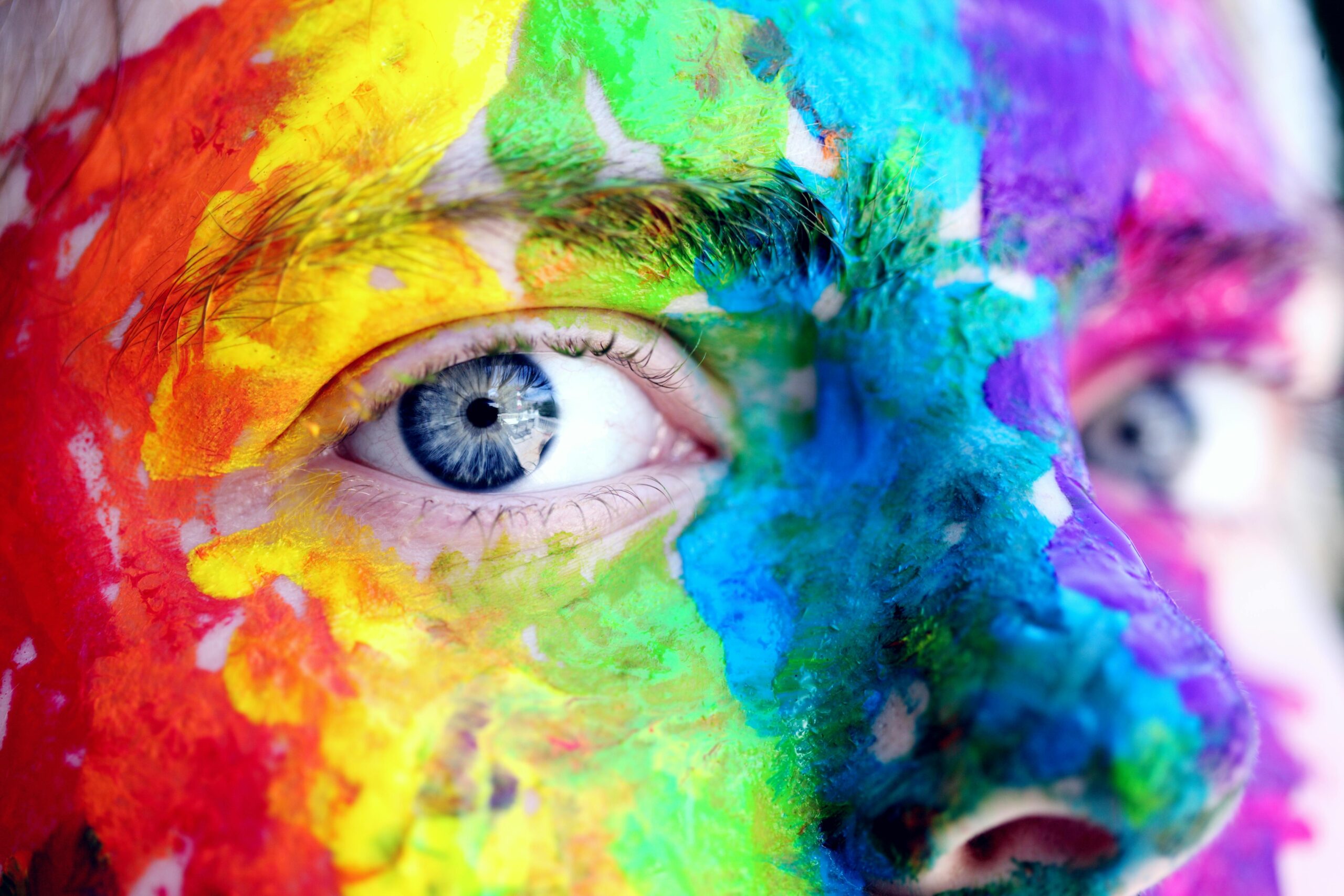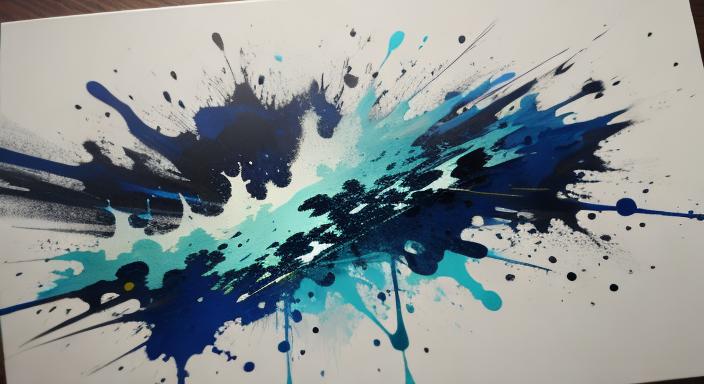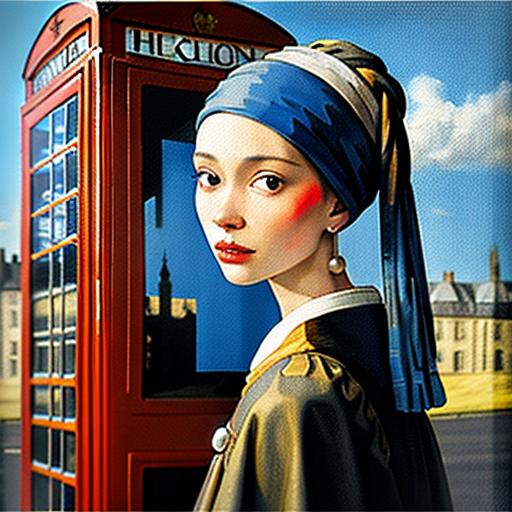Art has always been a universal language, one that transcends borders, cultures, and time. But what happens when young artists—armed with nothing more than a sketchpad, a dream, and an unrelenting passion for creativity—turn their doodles into masterpieces? The art world is full of inspiring stories of prodigies who started small but eventually made it big. In this post, we’ll explore how some of these talented individuals transformed their early scribbles into globally recognized works of art. We’ll uncover key comparisons, insights, and lessons from their journeys along the way.
The Power of Starting Small
Let’s face it: every great artist starts somewhere. For many, it begins with simple doodles in the margins of notebooks or playful experiments with colors on scraps of paper. These humble beginnings are often dismissed as mere child’s play, but they’re the foundation of something much bigger.
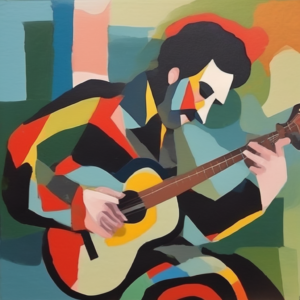
Take Pablo Picasso, for example. Before becoming one of the most celebrated painters in history, Picasso was already creating remarkable artwork at the age of seven. His father, an art teacher, recognized his son’s talent early on and nurtured it by providing access to materials and guidance. By the time he was a teenager, Picasso had mastered classical techniques, setting the stage for his revolutionary contributions to modern art.
Similarly, contemporary artist Shirin Neshat, known for her striking black-and-white photography and films exploring themes of identity and gender, began her journey by experimenting with visual storytelling during her college years. What started as personal explorations evolved into powerful narratives that resonate worldwide.
These examples remind us that starting small doesn’t mean staying small. Every stroke, every line, and every color choice lays the groundwork for future success.
Key Comparisons: Child Prodigies vs. Late Bloomers
When discussing young artists who made it big, it’s important to distinguish between two types of creators: child prodigies and late bloomers. While both groups achieve greatness, their paths differ significantly.
| Aspect | Child Prodigies | Late Bloomers |
|---|---|---|
| Early Recognition | Often gain attention for their talents at a young age | May struggle initially but find success later in life |
| Training & Support | Typically receive formal training and mentorship | Often self-taught or develop skills over time |
| Examples | Pablo Picasso, Wolfgang Amadeus Mozart | Vincent van Gogh, Georgia O’Keeffe |
| Creative Evolution | Build upon existing skills rapidly | Experiment and refine style gradually |
While child prodigies like Picasso benefit from early exposure and structured learning environments, late bloomers such as Vincent van Gogh prove that raw passion can lead to extraordinary achievements. Van Gogh only began painting seriously in his late twenties, yet his unique perspective and emotional depth revolutionized the art world.
This comparison highlights an essential truth: there’s no “right” timeline for artistic success. Whether you’re a prodigy or someone discovering your talent later in life, persistence and dedication matter far more than timing.
Lessons from Modern-Day Wunderkinds
Fast forward to today, and we see countless young artists leveraging technology and social media to showcase their work and build careers faster than ever before. Platforms like Instagram, TikTok, and YouTube have democratized art, allowing emerging talents to reach global audiences without relying on traditional gatekeepers like galleries or agents.
One shining example is Tyler Mitchell, the first Black photographer to shoot a cover for Vogue magazine. At just 23 years old, Mitchell captured Beyoncé for the September 2018 issue, breaking barriers and redefining representation in fashion photography. His journey began with humble roots, snapping photos of friends and local skateboarding scenes in Atlanta. Through consistent practice and sharing his work online, he caught the eye of industry leaders.
Another rising star is Arushi Gupta, a teenage illustrator whose whimsical designs gained traction on Instagram. Her ability to blend vibrant colors with intricate details quickly attracted collaborations with major brands. Despite her youth, Arushi demonstrates the power of authenticity and staying true to your artistic voice.
These modern-day wunderkinds teach us valuable lessons about adaptability, resilience, and the importance of embracing new tools to amplify creativity.
Implications for Aspiring Artists
So, what does all this mean for aspiring artists? Here are three key takeaways:
- Start Where You Are: You don’t need expensive supplies or a fancy studio to begin. Many successful artists started with basic tools and gradually upgraded as their skills improved. Remember, it’s not about the medium—it’s about the message.
- Embrace Feedback and Criticism: Constructive criticism is invaluable for growth. Seek out mentors, join online communities, and participate in exhibitions or contests to hone your craft. Websites like DeviantArt and Behance offer platforms to connect with fellow creatives and receive feedback.
- Leverage Technology: Social media isn’t just for scrolling—it’s a powerful tool for showcasing your work. Learn how to use hashtags effectively, engage with your audience, and collaborate with influencers in your niche. For instance, check out this guide on using social media to promote your art.
Challenges Along the Way
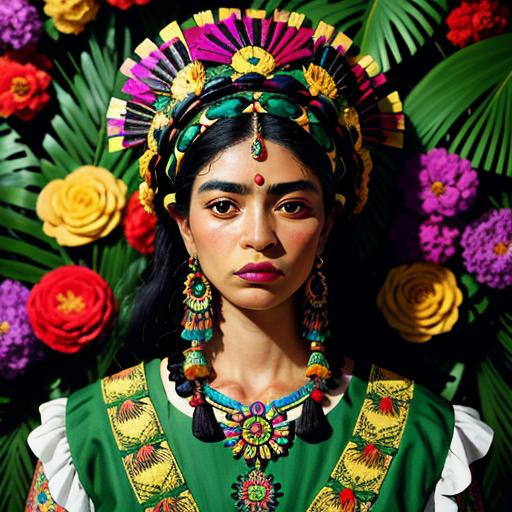
Of course, the path from doodles to masterpieces isn’t always smooth. Many young artists face significant challenges, including financial constraints, self-doubt, and navigating competitive industries.
For example, Jean-Michel Basquiat, one of the most influential neo-expressionist painters of the 20th century, struggled with poverty and racism early in his career. Yet, his graffiti-inspired works eventually earned him international acclaim, proving that perseverance pays off.
Likewise, Frida Kahlo battled physical pain and societal expectations throughout her life. Despite these obstacles, she channeled her experiences into deeply personal paintings that continue to inspire millions.
These stories underscore the importance of resilience. Artistic success rarely comes overnight; it requires patience, grit, and a willingness to push through adversity.
A Thoughtful Conclusion
The journey from doodles to masterpieces is as varied as the artists themselves. Some start young, while others discover their calling later in life. Regardless of where you fall on this spectrum, the key lies in nurturing your passion, seeking opportunities for growth, and staying true to your vision.
As you reflect on the stories of Picasso, Van Gogh, Tyler Mitchell, and others, remember that every masterpiece begins with a single mark. So grab your pencil, brush, or tablet—and start creating. Who knows? Your next doodle might just be the beginning of something extraordinary.
What did you think of this exploration into the lives of young artists? Do you have a favorite story or insight?

